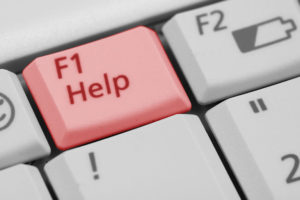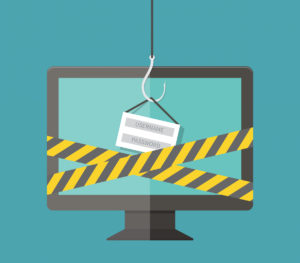Most any campaigner, organiser, or everyday social media user around the globe has come face to face with online harassment and intimidation. It puts activists at risk and threatens successful advocacy work. Earlier today, a national poll examining online harassment in the United States was released by Rad Campaign, Lincoln Park Strategies and Craig Newmark of craigconnects. The poll shows that harassment affects 25% of all Americans. Among those under 35, the number shoots up to 47%. Online harassment is especially prevalent on Facebook. Details are available at onlineharassmentdata.org.
Shortly before the poll was released we chatted with Allyson Kapin, founding partner of Rad Campaign, about how online harassment impacts campaigners and what can be done. Our conversation was in advance of a panel she’s moderating at this year’s Personal Democracy Forum titled Sex, Lies and the Internet. Allyson will be joined on the panel by Amanda Hess (Slate), Emily May (Hollaback!), Rinku Sen (Race Forward, Colorlines) and Gina Glantz (Gender Avenger).
Tell us a little more about the panel you’re moderating, Sex, Lies and the Internet, and what your goals for having this conversation at Personal Democracy Forum?
The panel is going to focus on the rise of online harassment and online mobs. It will question the role that social networks, web hosts and platforms like Tumblr, email service providers, and law enforcement play in fighting online harassment and online mobs. It appears that each of these entities are struggling with how to respond. We will also explore the role of the community itself in fighting online harassment. And finally we’ll discuss what efforts exist to fight back against online harassment, and what best practices are emerging. The intention is to begin real, sometimes difficult conversations about what’s really going on, and safety online.
Is there a role for individuals and organizations to be more active and direct in addressing harassment in their work, social media and public space?
Yes, fighting online harassment is something we can and should do as campaigners. We fight social injustices everyday in our work and use both online and offline channels to do this.
Online harassment affects all of us and crosses many issues – hatred and threats against women, LGBTQ individuals, people of color, people of different faiths, and political beliefs. The intersectionality is vast and very interconnected. The environmental community faces issues of harassment. People working in the environmental space can be harassed just for talking about climate change and its consequences. I know several organizations who keep files about the online threats they receive in the event that law enforcement needs to get involved.
Digital campaigns are built around email lists, Facebook, Twitter, text messaging and phone calls. We can reach and organize more people but we’re doing it with less face to face interaction. Is the nature of digital campaigning contributing to an environment that makes harassment possible?
It’s a good question. I think the lack of face to face communications makes it easier for people to lash out and make threats against others, as people can hide behind their screens. It’s easy for someone to disconnect from the face on the other side of the screen, and cultivate a means of dehumanizing someone since they’re “only speaking to a screen.” This is also where the mob mentality comes in, which is more easily formed online than offline.
How do we create safer, healthier campaign spaces online?
The biggest piece to address is the cultural piece. Creating and sustaining a culture where people respect women and people of different faiths, political beliefs, gender identities, and sexual orientations, etc. is going to take a long time. There are a lot of awful stereotypes that have impacted our culture that need to be dismantled.
However, there are other things that we can explore that are more immediate steps. One of the things that I’m interested in talking with the panel about is what the online gaming community is doing. When League of Legends players faced online harassment, they had people from their own community voluntarily “police” the community to report and address the harassment. People were able to issue email warnings and ban users. When staff audited the community warnings and bans, they found that 80% of the reports were credible. They also focused on working with the game users who were censured or banned to get back into the game. Many said that they did not realize how offensive they were until another user pointed it out. Other online gaming communities have tested creating a code of conduct that people must agree to.
What can/should organizations (and campaigners) at groups like Greenpeace do to actively change the bigger culture?
I think it’s important that organizations not only recognize that online harassment is an issue, but that they actually be more responsive. Organizations are an integral part of online communities and they must stand up and fight against this hatred and misinformation.
One of the reasons I think people don’t stand up for others when they see online harassment happening is that they fear that the tables will be turned and they will start being harassed themselves. I understand that fear, but if we collectively take a stand it’s an important step to help stop the online harassment before it bubbles up and turns into an online mob.
Stay Connected
Allyson Kapin is a founding partner of Rad Campaign, founder of Women Who Tech and helps guide numerous conferences and organizations in the nonprofit space as a board member and advisor. She also co-authored the 2013 book “Social Change Anytime Everywhere” with Amy Sample Ward.
Categories:
safety and security

